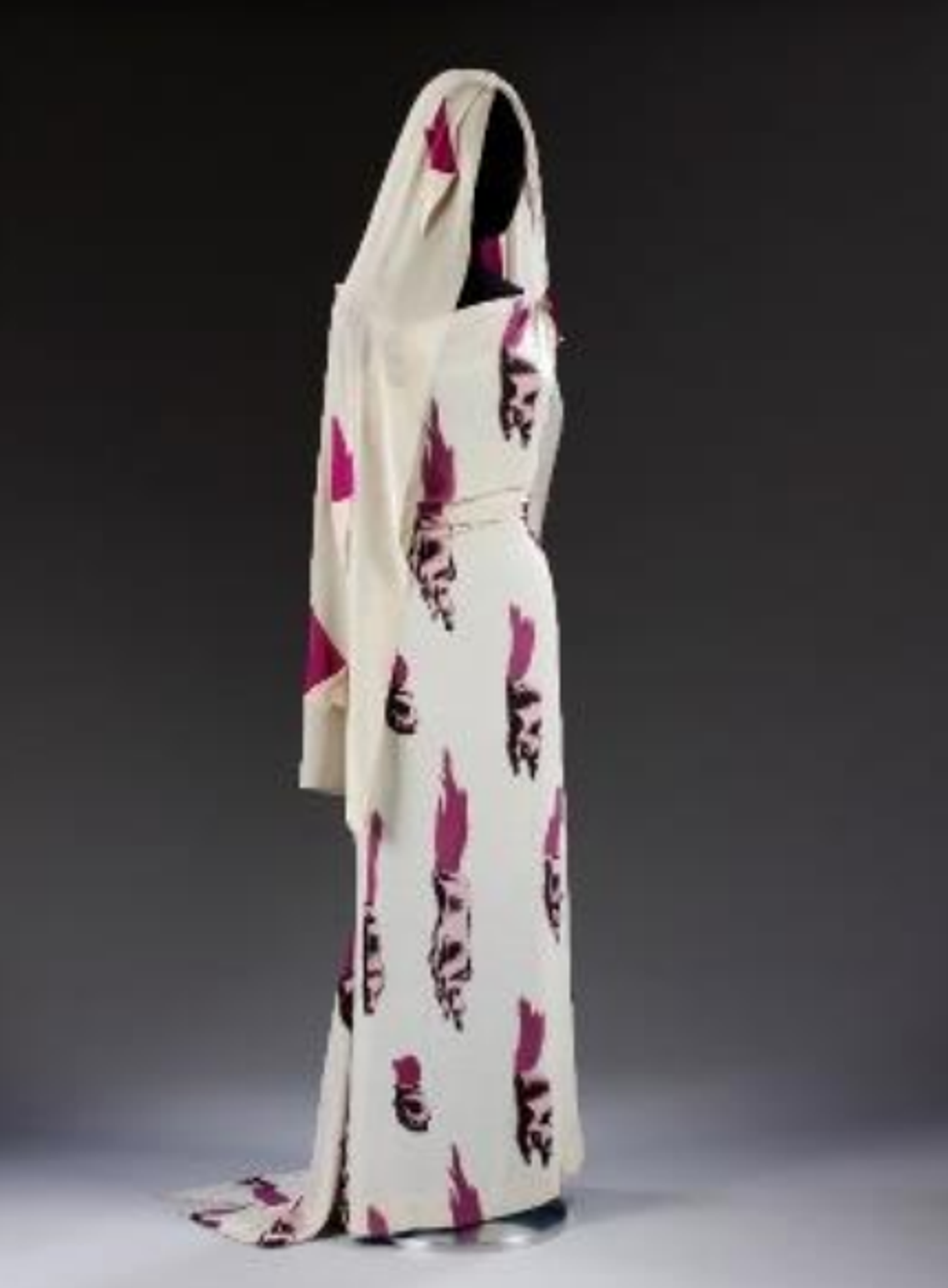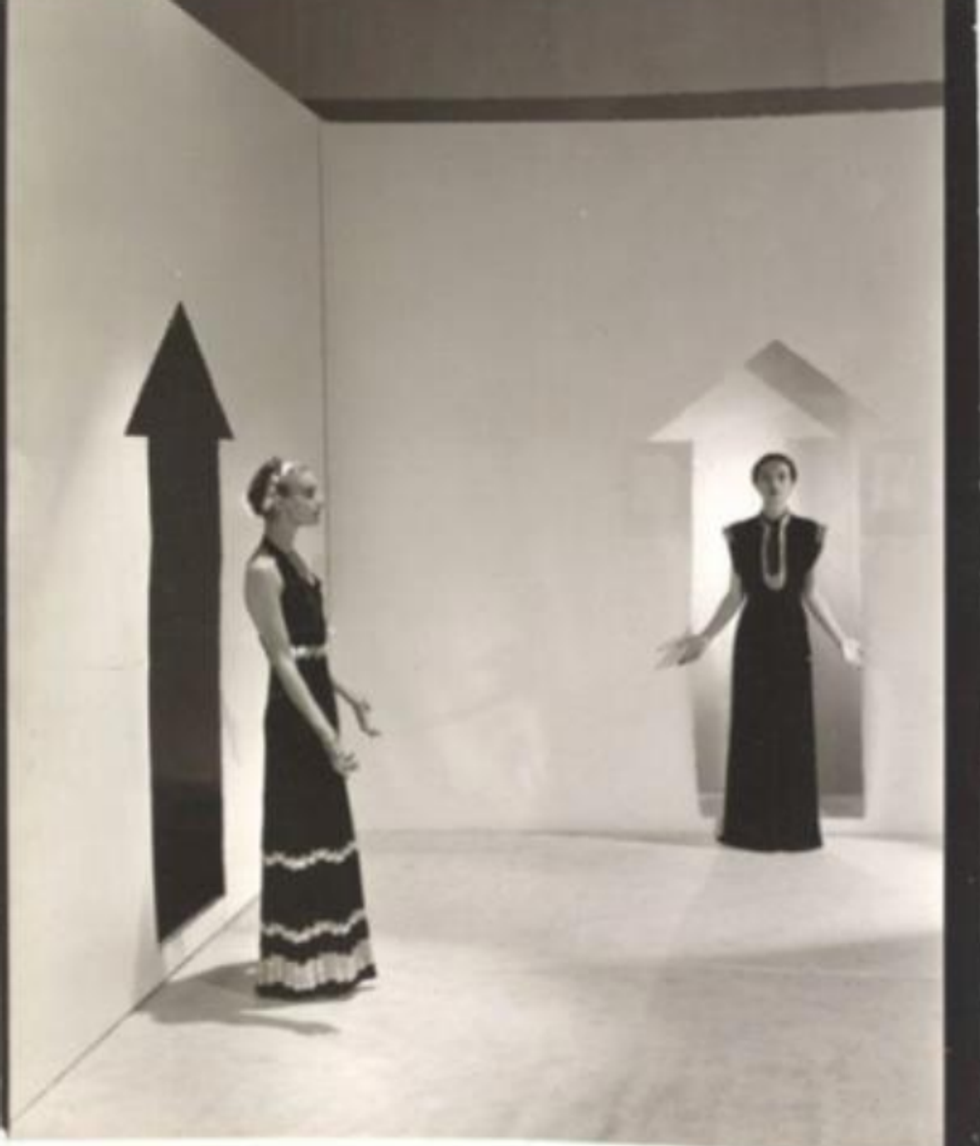POWERFUL new film The Gandhi Murder attempts to shed new light on history.
Based on true events leading up to the assassination of Mahatma Gandhi, the film questions who really played a role in the murder of the legendary leader and whether the tragic event had deeper, darker roots. Stephen Lang, Luke Pasqualino, Vinnie Jones and the late Om Puri play the lead roles in the film, which is released on the 71st anniversary of Mahatma Gandhi’s assassination on January 30.
Eastern Eye caught up with writer and co-director Pankaj Sehgal to talk about the movie.
What inspired you to make a film on this subject?
I have a political mindset. I came across the matter when the writer of the story got in touch with me on a subject that would perhaps be interesting to a worldwide audience. I was intrigued and decided to explore further. It was mind-blowing to realise that there appeared to be many layers to the assassination of Mahatma Gandhi than what has been written and spoken about. To use an often-used phrase, ‘the truth seemed stranger than fiction.’ So we decided to produce it.
Tell us about the film?
This is a film on the last days in the life of Gandhi. The climax itself is his assassination and the aftermath. As Lord Mountbatten, the last British Viceroy of India famously said, ‘The Mahatma was able to achieve in death what he strived for all his life, an end to Hindu-Muslim violence and the communal killings in post-partition India.’
What was the biggest challenge of making the film?
Any period film has the obvious challenge of bringing about the times and the authenticity of the place. Making a Hollywood film had the challenge of having a cast that can be recognised and identified by an international audience. Making a historical piece, and opening up long-hidden facts has the additional responsibility of keeping it neutral, and yet interesting. I feel we worked hard on both pre and post production to give the audience a story they will like, without taking sides.
What is your favourite moment in the movie?
Two police officers standing by the rough seaside arguing the points of India with/without Gandhi is the high point of the movie and my favourite scene. Both Stephen Lang and Luke Pasqualino delivered a powerful performance, full of emotions and conviction. But the movie is not a scene. It is the way the story develops. And I think, thanks to excellent performances by a strong cast and a powerful storyline, we have been able to deliver a masterpiece of performances, which I hope audiences will love.
Who are you hoping the movie appeals to?
The movie will appeal to all audience who likes thrillers, are interested in history and meaningful cinema. So much of what comes to the cinema today is about fictional superhumans. This is about a superman who really walked on earth and his assassination.
What lessons do you believe we can learn from the past?
Every time in history that we have followed a divisive path, the world has lost so much. Even today, in this world, we are all struggling with divisiveness, ultra-nationalism and right-wing fanatics. This movie is as relevant today as it was when these events actually happened.
Why should we watch the film?
The performance-driven historical thriller is like a cyclone with Gandhi at the eye of the storm. And such storms are building today. We can only deal with the future if we understand the past. History, after all, repeats itself. So I believe if you enjoy cinema, go and see the film. It will deliver a lot in two hours. And leave a lot for reflection and after-thoughts. And it is about India and the birth of a nation.















 Vogue 1940; Designer Elsa Schiaparelli wearing black silk dress with crocheted collar of her own design and a turbanFredrich Baker/Condé Nast via Getty Images
Vogue 1940; Designer Elsa Schiaparelli wearing black silk dress with crocheted collar of her own design and a turbanFredrich Baker/Condé Nast via Getty Images 'Tears' Evening dress and head veil, designed by Elsa Schiaparelli, February 1938 for Circus Collection, summer 1938. Fabric designed by Salvador Dali Victoria and Albert Museum, London
'Tears' Evening dress and head veil, designed by Elsa Schiaparelli, February 1938 for Circus Collection, summer 1938. Fabric designed by Salvador Dali Victoria and Albert Museum, London Natasha Poonawalla attends The 2022 Met GalaGetty Images
Natasha Poonawalla attends The 2022 Met GalaGetty Images  Vogue 1936; Two models, standing in a white room with arrows painted on walls and wearing dresses by Schiaparelli;Cecil Beaton/Condé Nast via Getty Images
Vogue 1936; Two models, standing in a white room with arrows painted on walls and wearing dresses by Schiaparelli;Cecil Beaton/Condé Nast via Getty Images


 Many of these beaches are tidal and best enjoyed at low tideiStock
Many of these beaches are tidal and best enjoyed at low tideiStock It’s also unofficially clothing-optionaliStock
It’s also unofficially clothing-optionaliStock Framed by the turquoise seaiStock
Framed by the turquoise seaiStock It’s best visited early or late in the dayiStock
It’s best visited early or late in the dayiStock